America was always a diverse continent. Nowhere was that diversity more obvious in the 13 original colonies than in the colonies of New York, New Jersey, Pennsylvania, and Delaware. The English, Swedes, Dutch, Germans, Scots-Irish, and French lived close together, which resulted in many tense situations.
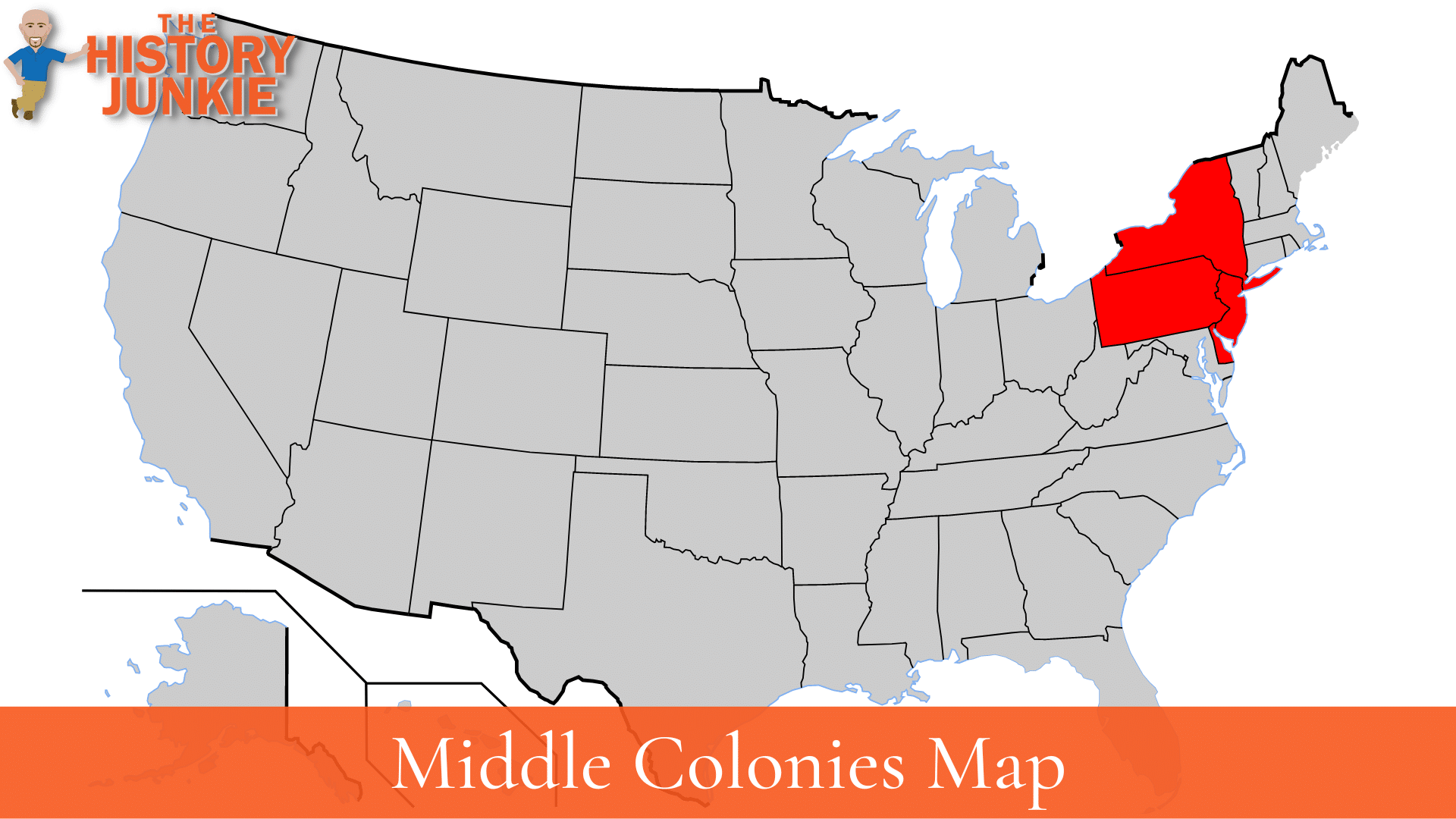
The religion of the Middle Colonies, as one would expect, was diverse. Quakers, Mennonites, Lutherans, Dutch Calvinists, and Presbyterians were all represented, which made it impossible for one religion to dominate and gave greater freedom of religion than any of the New England Colonies, with the exception of Rhode Island.
Due to their central location, the Middle Colonies were able to be a place of important distribution to the colonies.
Jump to:
It was the connector colonies that connected the New England Colonies with the Southern Colonies. This would cause New York and Pennsylvania to grow rapidly.
Another reason the Middle Colonies grew quickly was that of the fertile land and industry. New York, Delaware, Pennsylvania, and New Jersey shared the attributes of New England and the Southern Colonies.
While New England had some fertile land along the rivers, its main sources of commerce were fishing and timber.
The Southern Colonies were known for their large plantations, which meant that agriculture drove their economy. The Middle Colonies shared the fertile land of the Southern Colonies, and many large fields of wheat could be found, and they shared the industry of timber and fishing.
This, coupled with religious freedom, gave more options to immigrants who were migrating from Europe.
Many great men would come from the Middle Colonies. Such men as Benjamin Franklin, John Dickinson, General Horatio Gates, Benjamin Rush, Caesar Rodney, John Witherspoon, and William Floyd.
The Middle Colonies
Pennsylvania Colony
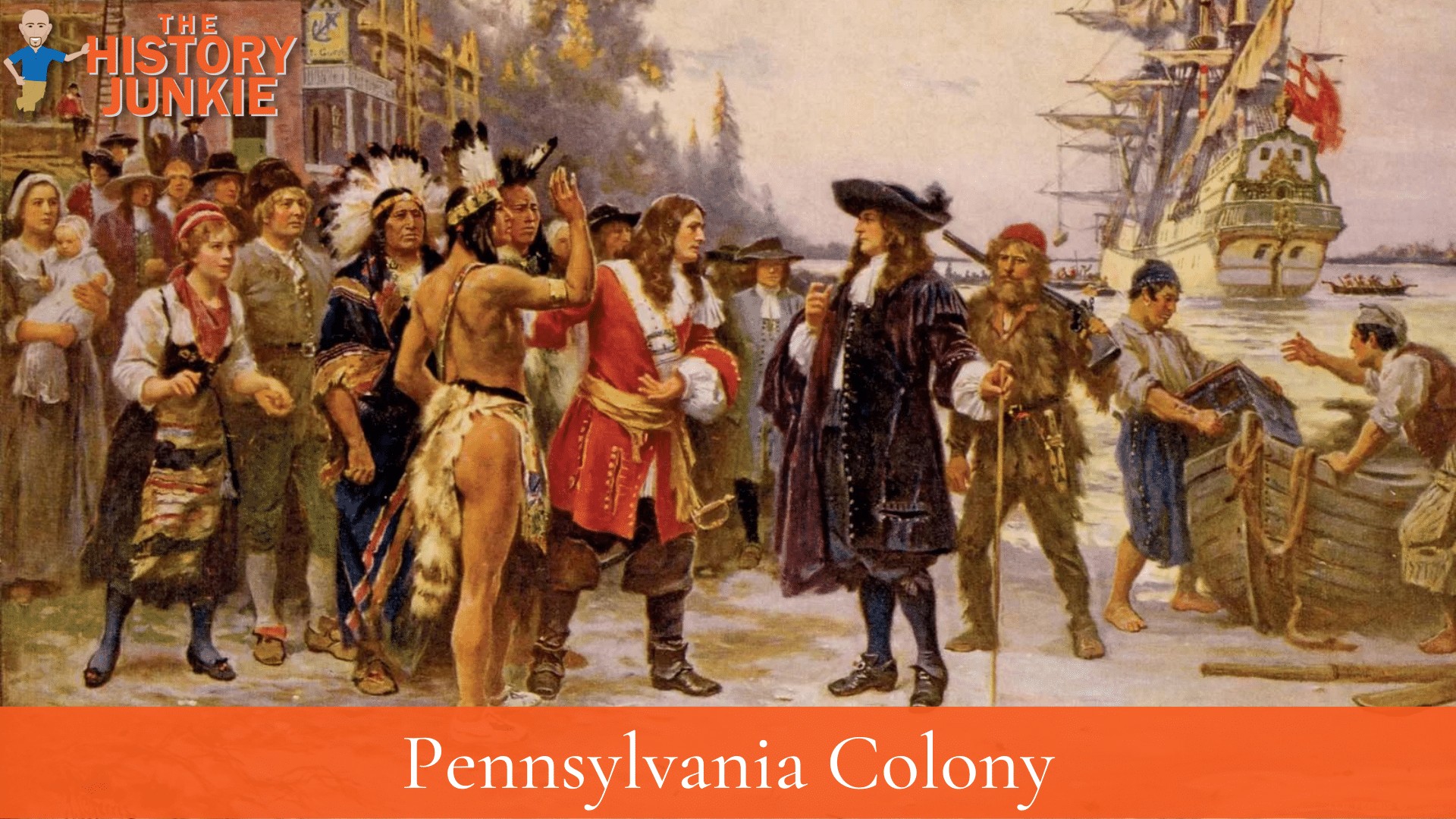
Pennsylvania Colony was founded by William Penn and was one of the first colonies to offer complete religious freedom. William Penn's vision thrived in America, and many immigrants would flock to Philadelphia. Pennsylvania would play a pivotal role in the American Revolutionary War.
The Declaration of Independence would be written and signed there. Congress would meet in Philadelphia until they were forced to York when it was captured by General William Howe. Pennsylvania colony played a pivotal role in the 13 colonies and was highly influential from the beginning of the Revolutionary War until the Constitution.
New York Colony
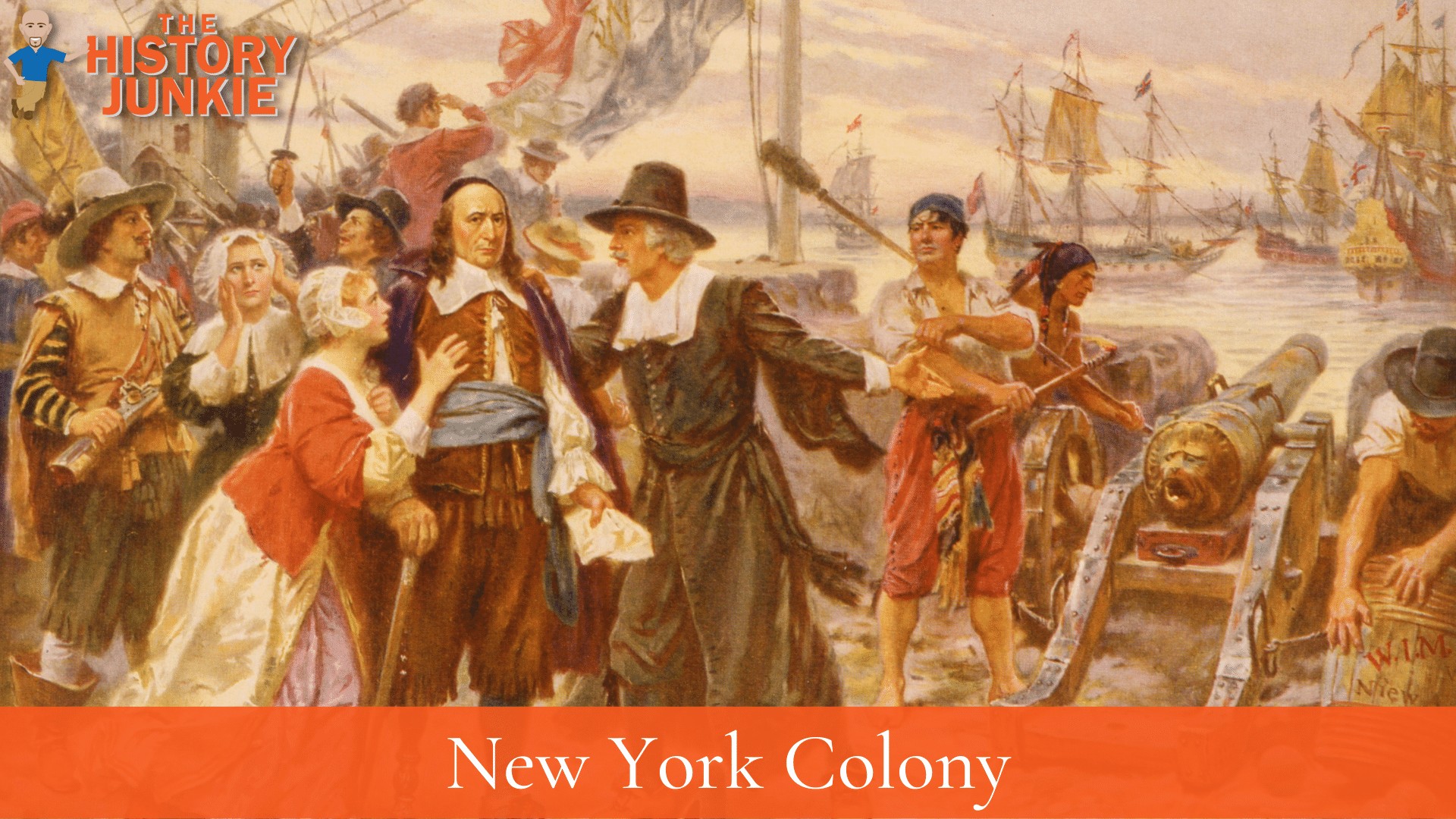
New York was originally settled by the Dutch and called New Netherlands
until the English took control of it in 1664. It would hold its colony status up until 1775, when the Revolutionary War Patriots of New York declared themselves the government.
In 1776, it would be referred to as the State of New York
and would ratify the New York State Constitution in 1777.
New York City was captured by the British in the American Revolutionary War and would be used as the base of operations for the British. It would be evacuated by the British and officially recognized as an American State in 1783.
New Jersey Colony
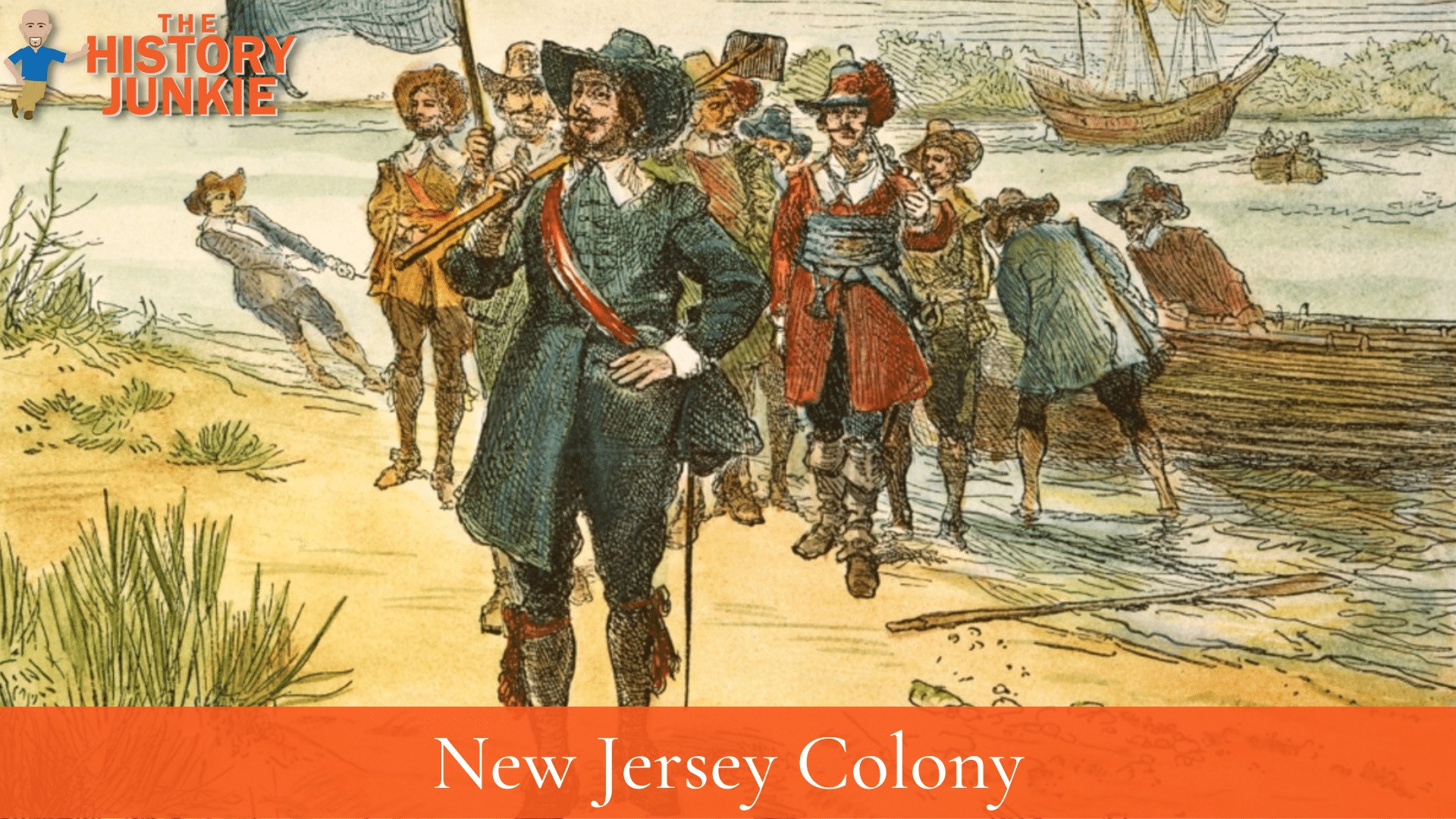
New Jersey Colony was originally part of New York until 1665, when it split to form it. It was settled originally by the Dutch until the English took control of New York.
During the American Revolution, New Jersey was governed by William Franklin, the son of Benjamin Franklin, until he was arrested for being an enemy of the cause of liberty in this country.
New Jersey would retain its colony status until the Declaration of Independence. At that point, it would become a state in the newly formed country of America.
Delaware Colony
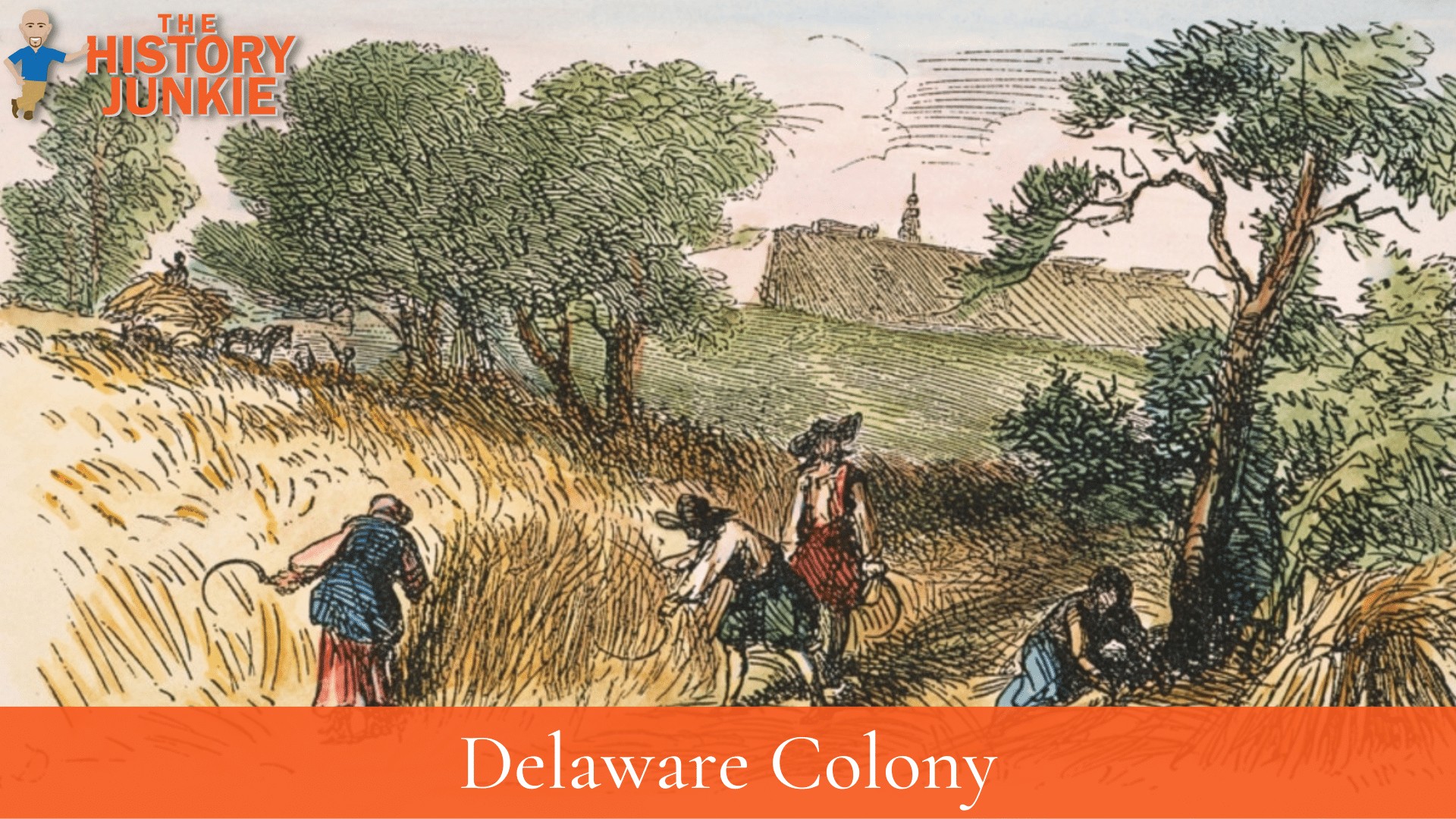
Delaware Colony was one of the Middle Colonies. It was not a colony in the way of Pennsylvania, New York, or New Jersey. It was actually part of Pennsylvania, but it was represented by a separate assembly that was set up by William Penn.
Penn had a hard time governing both Pennsylvania and Delaware since the economies were so different.
The two would clash for some time until 1701 Penn granted Delaware a separate assembly. It would still be governed by the same governor as Pennsylvania but would eventually become an independent state after the Declaration of Independence. Signers Caesar Rodney, George Read, and Thomas McKean come from Delaware.
